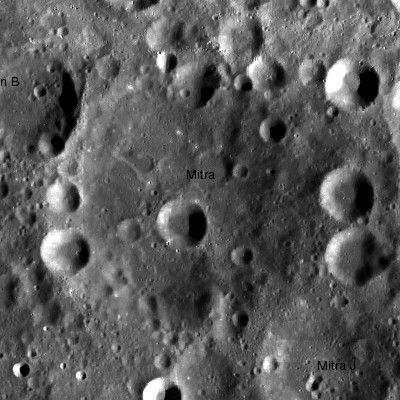Honoring Sisir Kumar Mitra: The Scientist Behind India's Lunar Crater

On June 10, 2025, it was announced that a crater on the moon has been named after Sisir Kumar Mitra, a prominent Bengali scientist recognized as the father of ionospheric science in India. This recognition comes in light of India's ambitious Chandrayaan 2 mission, which, despite its initial challenges, has provided invaluable insights into the moon's surface through its orbiter. The Mitra crater, with a diameter of 92 kilometers, symbolizes not only Mitra's legacy but also India's growing contributions to space science.
Sisir Kumar Mitra was born in Konnagar, Hooghly, in 1890 and showcased a profound interest in scientific studies from a young age. His early inspiration stemmed from Ram Chandra Chatterjee, an Indian aeronaut known for his pioneering flights in a hot air balloon. Despite facing family tragedies and financial difficulties during his youth, Mitra's mother played a crucial role in supporting his education, allowing him to pursue his academic interests at T.N.J. College and later at Presidency College in Calcutta.
Mitra's academic journey was marked by significant achievements. He graduated with a Master of Science degree in Physics in 1912 and was mentored by the eminent scientist Jagadish Chandra Bose. In 1916, he worked alongside Nobel laureate C.V. Raman, focusing on light interference and diffraction. After earning his PhD from Calcutta University in 1919, Mitra furthered his studies at the University of Sorbonne in Paris, where he collaborated with Marie Curie and shifted his focus to radiophysics.
Upon returning to India, Mitra advocated for the establishment of wireless science as an academic discipline, successfully convincing the Vice-Chancellor of Calcutta University to introduce a new course. His groundbreaking research in wireless communication led to the establishment of a laboratory at the Institute of Radio Physics and Electronics, where he developed instruments to measure the ionosphere, contributing significantly to the understanding of ionospheric conditions in subtropical regions.
In 1926, Mitra became the first to transmit radio programs from an amateur station in India, marking a milestone in the nation's communication history. His 1948 publication, "Upper Atmosphere," remains a seminal work in ionospheric research, illustrating the foundational role he played in advancing radio technology in India.
Mitra's contributions to science earned him numerous accolades, including the prestigious Fellow of the Royal Society in 1958 and the Padma Bhushan in 1962. His influence persists today, with institutions such as the Centre for Research in Space Environment at Calcutta University continuing to honor his legacy.
The naming of the Mitra crater on the moon not only commemorates Sisir Kumar Mitra's remarkable achievements but also highlights India's aspirations in space exploration. As Indian students and researchers continue to delve into ionospheric studies, Mitra's legacy serves as an inspiration for future generations in the field of science and technology.
With the ongoing advancements in lunar exploration and the significance of understanding extraterrestrial terrains, the Mitra crater stands as a testament to the enduring impact of one of India's most illustrious scientists, reminding the world of the contributions made by Indian researchers to the global scientific community.
Advertisement
Tags
Advertisement





